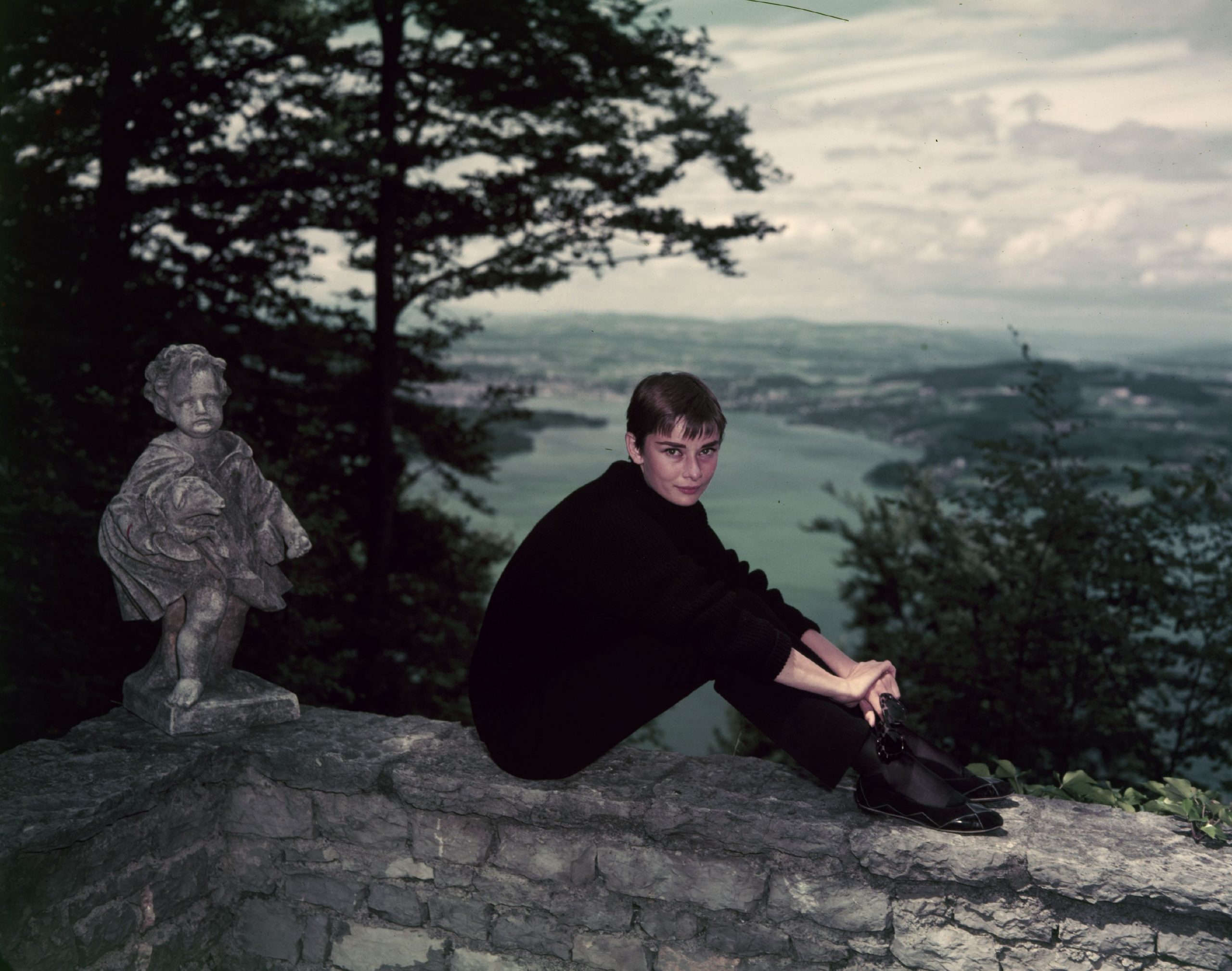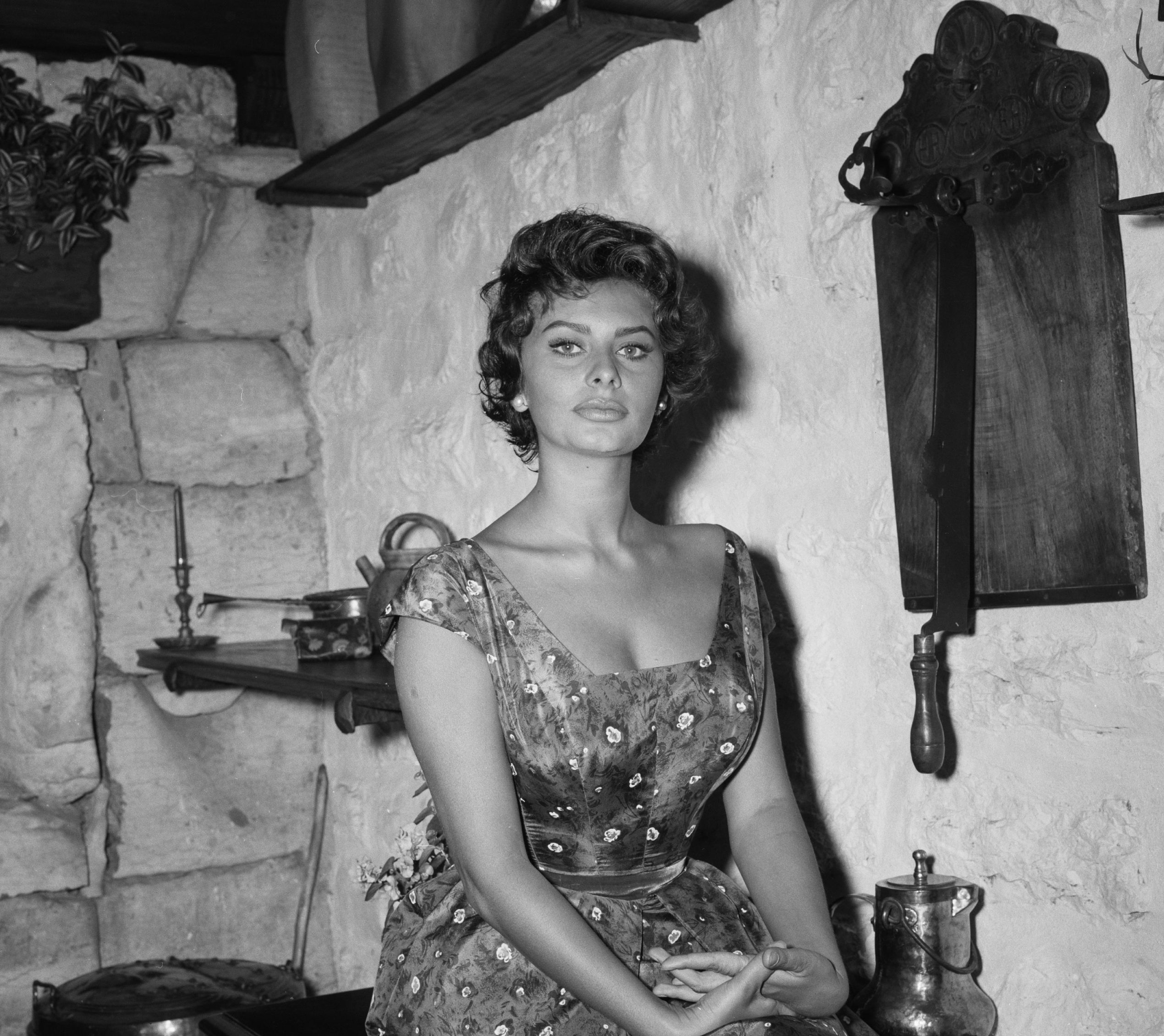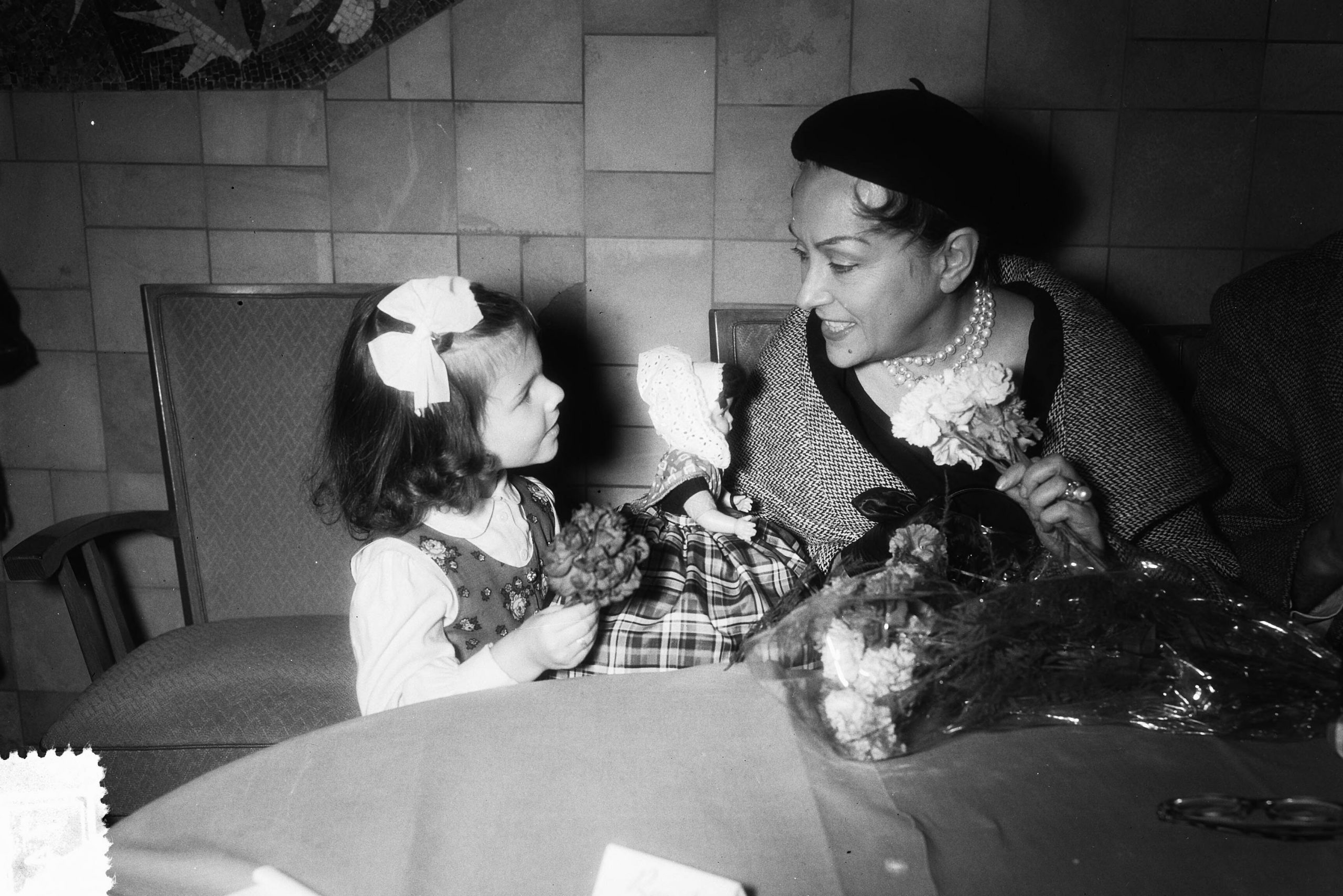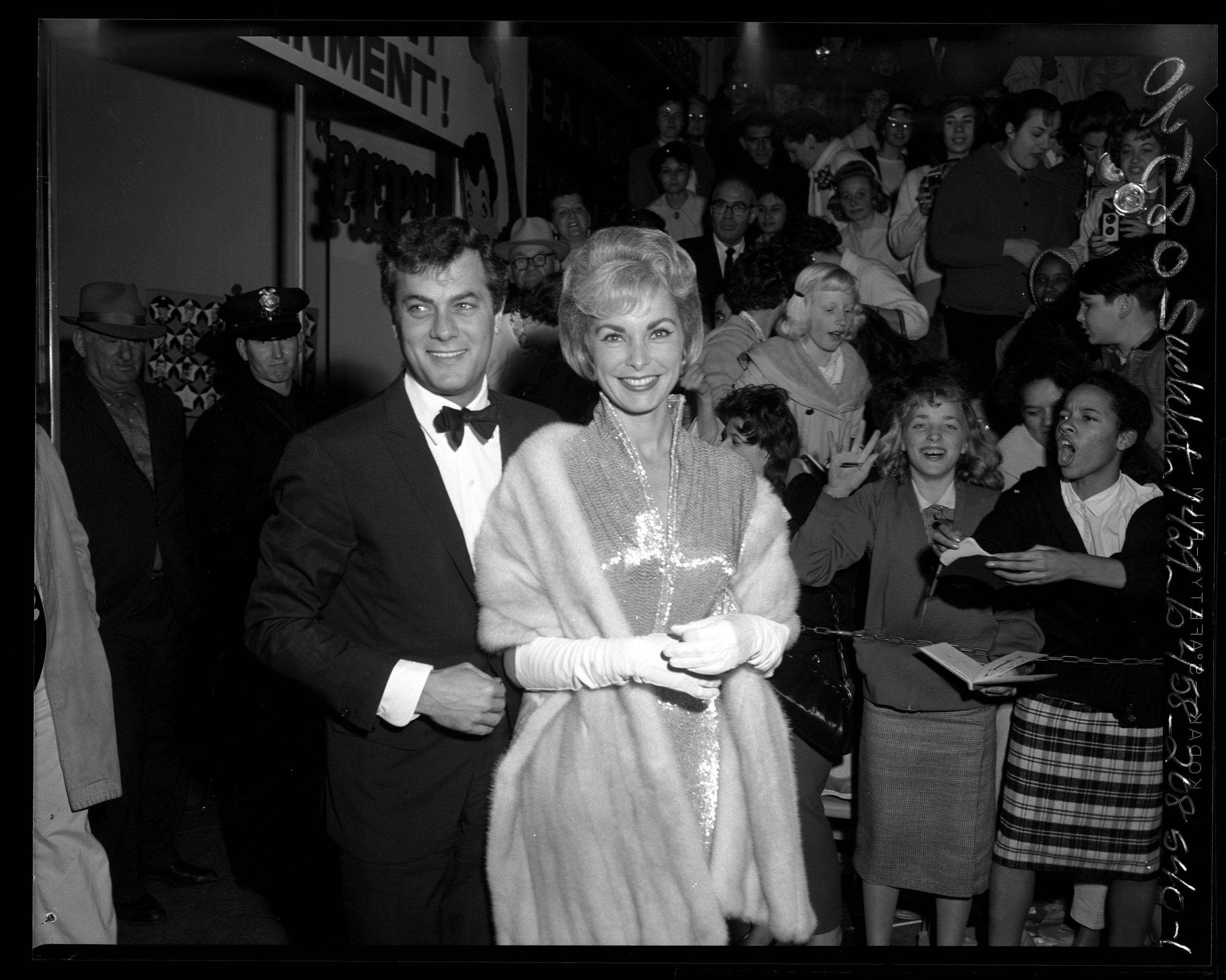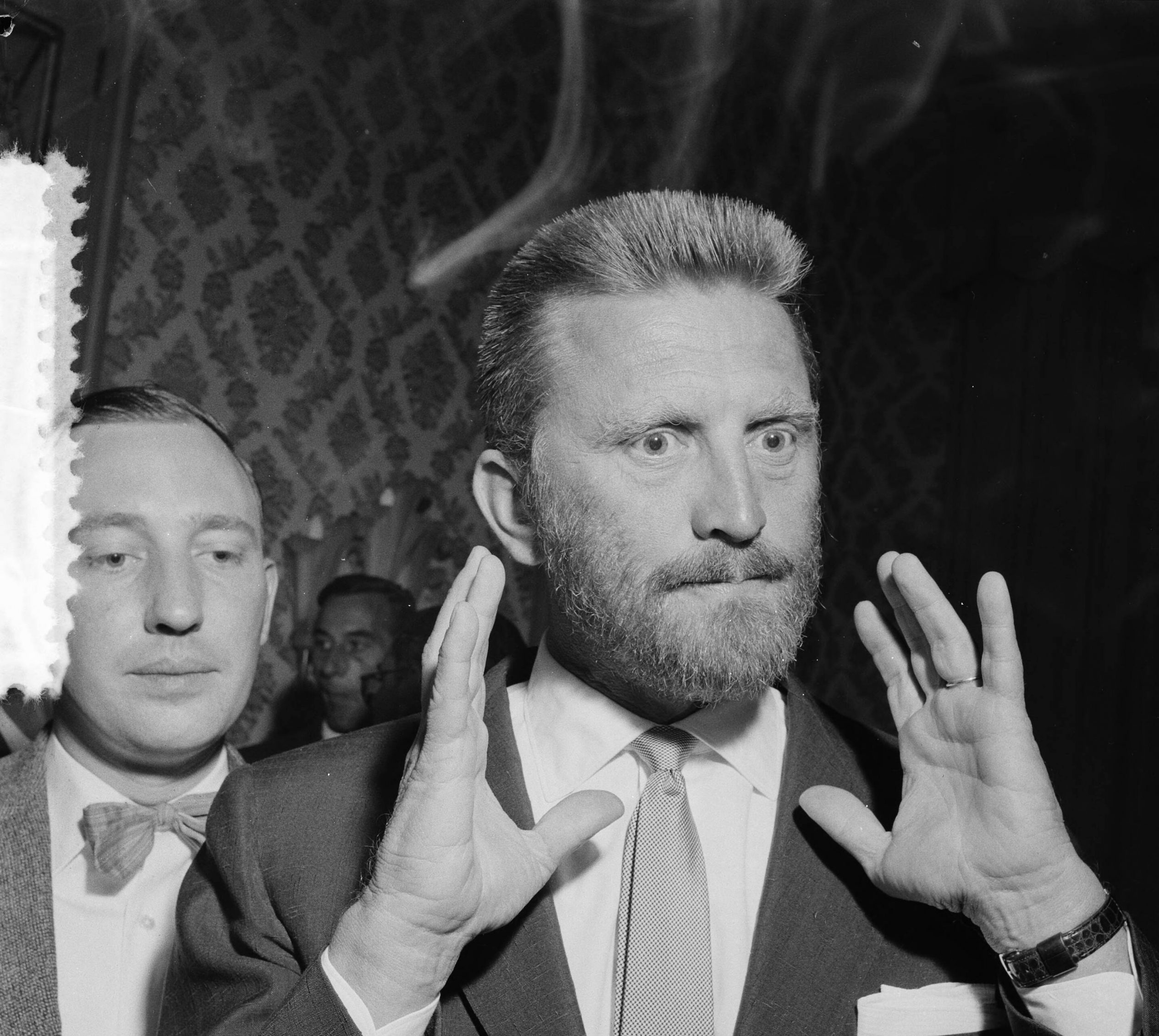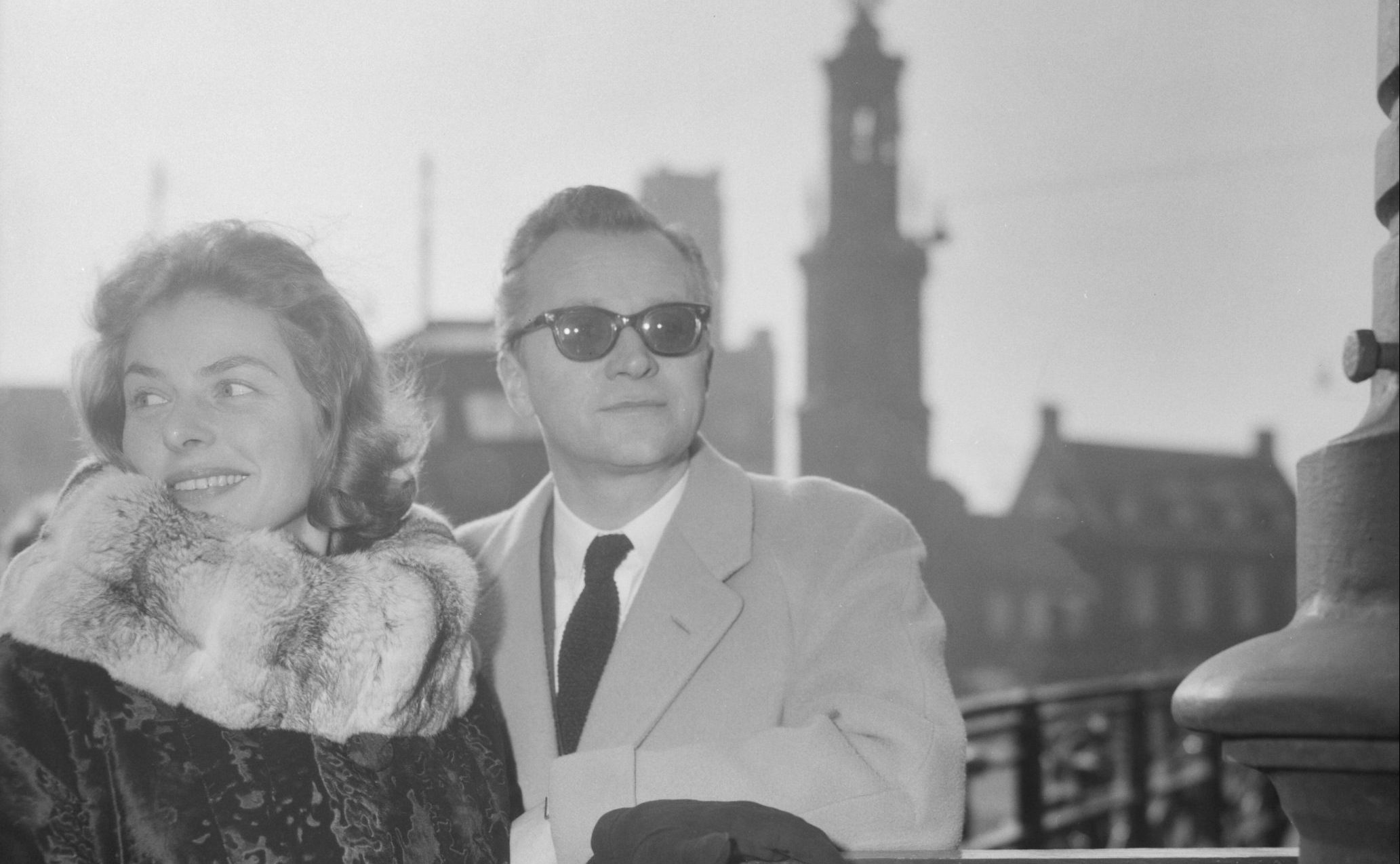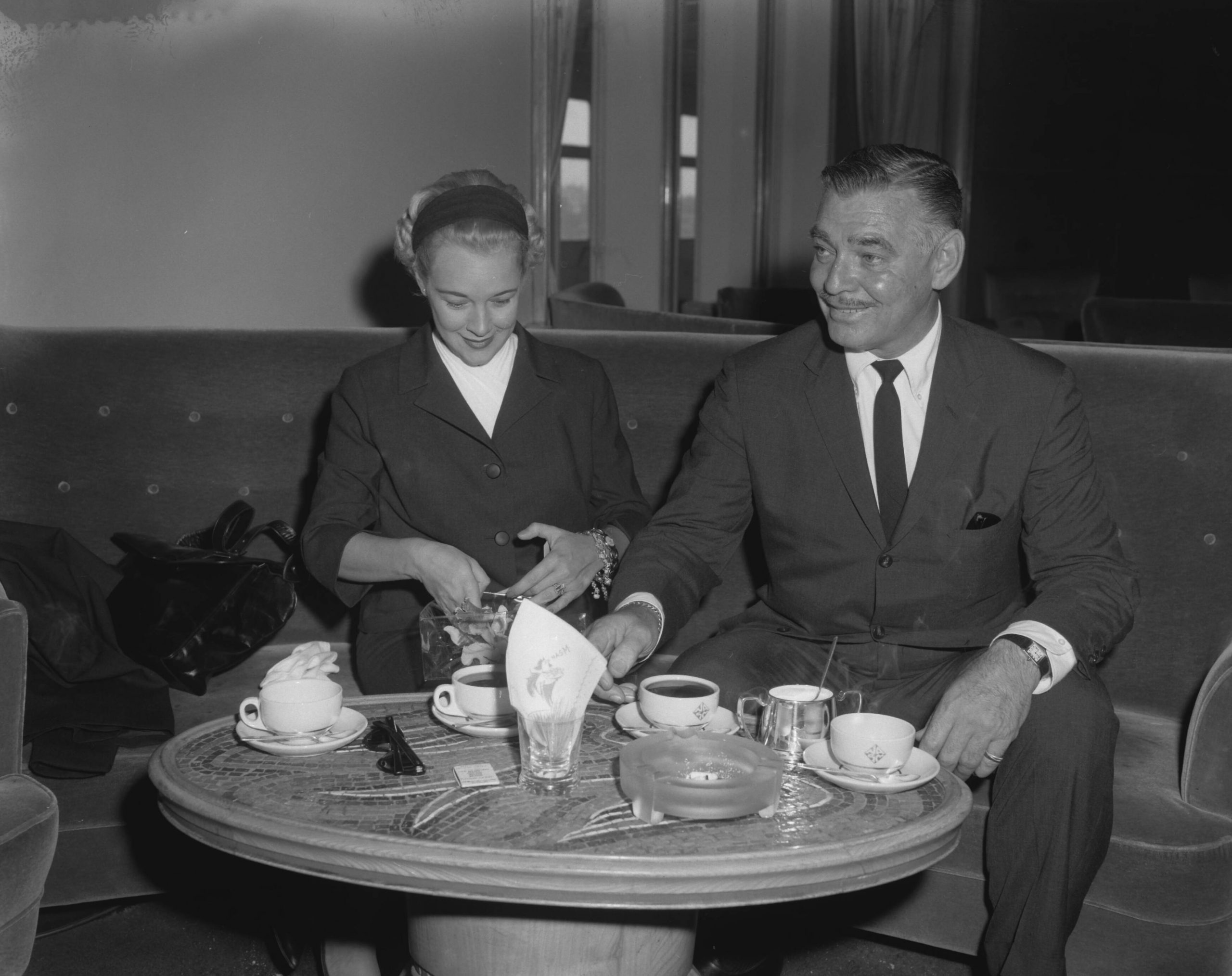Part one
“German was my second mother tongue,” Ingrid Bergman once wrote in her memoirs, looking back on her early experiences in front of the camera in Germany before the Second World War. By the end of the 1930s, Ingrid Bergman had already been a very successful film actress in Sweden – the actress always had a special relationship with Germany. Her mother, who died when Bergman was just two years old, had been born in Kiel – because of the family ties that still existed to Germany, Ingrid Bergman learned to speak German fluently.
The city of Hamburg occupied a special role in her early life – not only had her parents married there, sometimes Ingrid Bergman spent entire summers there with an aunt on her mother’s side. It was in the nature of things that she also made films in Germany – Ingrid Bergman signed a contract for three films with UFA at the end of the 1930s: the first of these films was Die vier Gesellen (The Four Fellows, 1938) directed by Carl Froelich. Bergman later said in retrospect that she had started small as an actress in Sweden, continued medium-sized in Germany and had finally made it big in Hollywood…
Bergman was far from fitting into the training system of the Royal Dramatic Theatre.
(Short) Acting Training
In 1933, at the age of barely eighteen, Ingrid Bergman began studying acting at the Royal Dramatic Theatre in Stockholm – at the time it was one of the most prestigious drama schools in all of Sweden. A few years earlier, Greta Garbo had begun her career as an actress here: Anyone who attended this drama school could be sure that he or she would soon get engagements on stage and in front of the camera.
But Bergman was far from fitting into the training system of the Royal Dramatic Theatre: “School was a disappointment for her because she wasn’t progressing fast enough. She wanted to start working as soon as possible,” said the director and actor to-be Frank Sundström about his former fellow student Ingrid Bergman.
Consequently, Ingrid Bergman left the drama school again after only three quarters of a year – studies there usually lasted five years – and concentrated entirely on her screen career. She had already acquired a lot of self-taught knowledge about acting for years and was recognised as an aspiring actress. If Bergman had spent five whole years at an acting school, as recommended by her acting teachers, her career would by no means have taken the same course…
David O. Selznick
Role offers that arrived during Bergman’s time at drama school encouraged her not to continue her classical acting training – a decision she was not to regret.
No sooner had Bergman started acting in films outside Sweden at the end of the 1930s than Hollywood took notice of the young actress: however, Ingrid Bergman did not attract the attention of the major studios MGM, Paramount or 20th Century Fox. Hollywood producer David O. Selznick was interested in bringing Ingrid Bergman to Hollywood in the late 1930s: Since Selznick had founded his own production company in 1936, he enjoyed extensive autonomy from the major Hollywood studios for which he had still worked in the early thirties. In July 1938, the name Ingrid Bergman was mentioned for the first time in David O. Selznick’s famous memos, which he wrote regularly – it was less than a year after this memo that Ingrid Bergman set foot on US soil for the first time.
She was hired for a remake of the film Intermezzo (1939), which had already been released in Sweden in 1936 with Ingrid Bergman and Gustaf Molander in the leading roles. Bergman may have been discovered by one of Selznick’s employees, who had the task of “keeping an eye out” for foreign films that were then either remade by Selznick himself or – as an investment – resold to other studios for remake.
In the case of Intermezzo, Selznick International Pictures (SIP) decided to remake it itself – who better to cast in the lead role than the actress who had already starred in the original Swedish film?
Hollywood: Only a brief Intermezzo?
But Bergman did not want to become a Hollywood star at any price: When Selznick tried to explain to her shortly after her arrival that her eyebrows were “too thick”, her name sounded “too German” and her teeth were “not quite right”, the young Bergman made her point. She would stay as she was, otherwise she would return home as soon as possible.
This extremely rare occurrence of a young, aspiring actress contradicting an established Hollywood producer must have impressed Selznick – at first Selznick assumed that Bergman would only give a brief intermezzo in Hollywood for the film Intermezzo anyway, and then return to her Swedish homeland. This assumption and the fact that Selznick enjoyed autonomy through his own production company may have been the reasons why Selznick enabled the young Bergman to become the most natural-looking Hollywood actress. No one could have foreseen how Ingrid Bergman’s career would develop and that she would soon be a healthy contrast to the polished looks of other Hollywood stars…
Now it was advertised as a conscious decision on the part of the Selznick studios to put Ingrid Bergman “in natura” in front of the camera.
It all began with photography
After the premiere of Bergman’s first Hollywood film Intermezzo, one thing was certain: the audience had been waiting all these years for an actress who showed herself as she really was and did not need to pluck her eyebrows for the screen. Her natural eyebrows, with which she always showed herself on screen, were a trademark of Ingrid Bergman.Not long ago it had been a taboo and a daring move on Selznick’s part to show an actress as she really was: now it was advertised as a conscious decision on the part of the Selznick studios to put Ingrid Bergman “in natura” in front of the camera.
David O. Selznick not only took care of Bergman’s acting career, but also of the Bergman family’s well-being: for example, he arranged for Bergman’s then husband, a doctor, to get a place at a university south of New York. Once Selznick realised the enormous potential in his newly created star Ingrid Bergman, it seemed there was nothing in the world he would not do for her well-being.
The greatest link between Ingrid Bergman and her father, who died in 1929, was photography: her father owned a specialist photography shop and considered photography his passion.
Bergman posed for her father in front of the camera from an early age and learned the basics of what it meant to show herself in front of a camera. Now Ingrid Bergman had managed to make film and the camera her profession: she had even managed to stay as she was in Hollywood – but in her early forties Bergman was far from the end of her career, which she started as Hollywood’s first natural actress…
Cover picture: Ingrid Bergman in 1960 in Amsterdam with the theater producer and her later husband Lars Schmidt (1917 – 2009)
Picture credit: Fotograaf Behrens, Herbert / Anefo, Nationaal Archief, CC0
Main sources:
- Wydra, Thilo: Ingrid Bergman. Ein Leben [A Life], 1st edition 2017, DVA, Munich
- Haustedt, Birgit: Ingrid Bergman, 1st edition 2015, ebersbach & simon, Berlin

 Deutsch
Deutsch